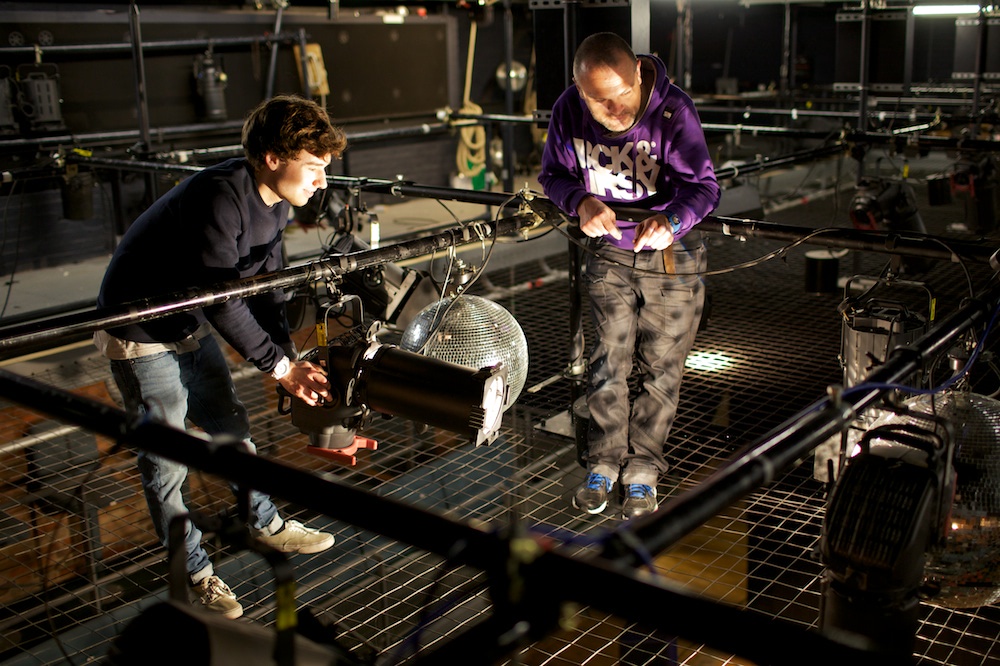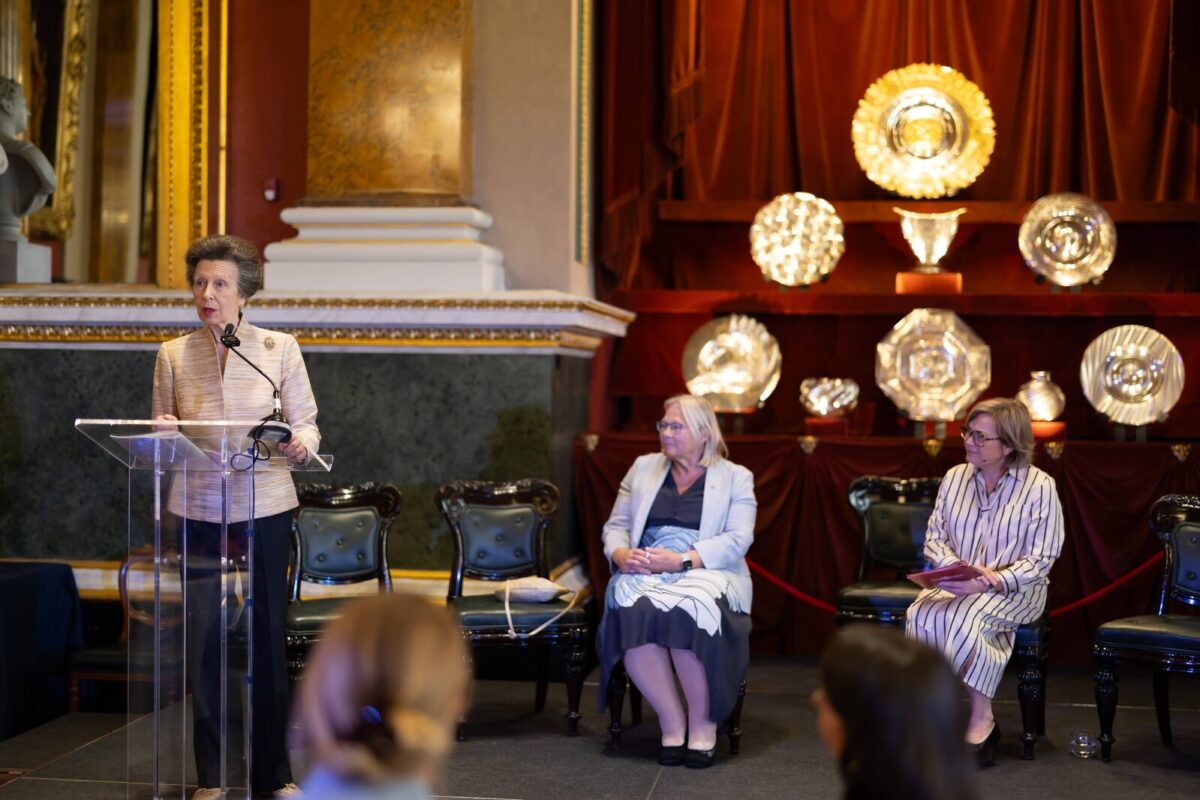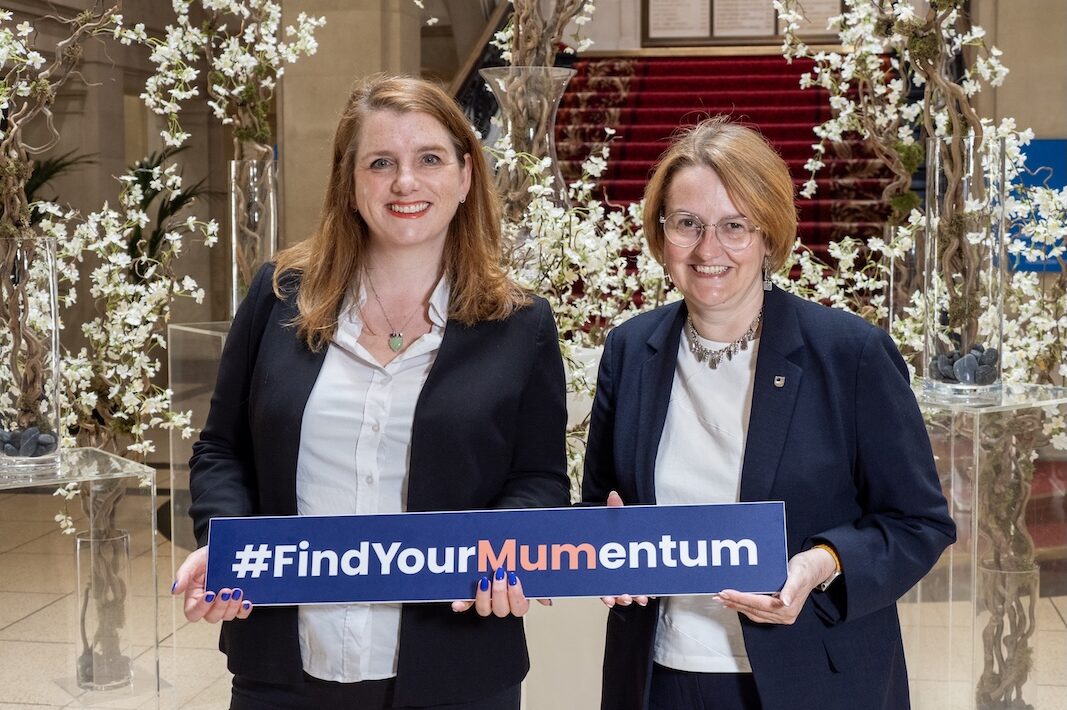#ApprenticeshipLevy unusable as £55 million a year goes to waste in creative industries

ScreenSkills, the industry-led skills body for UK screen, and Creative & Cultural Skills, the UK’s Sector Skills Council for the arts, cultural heritage and design sectors, conducted an online survey this summer.
We interrogated Department for Education’s official apprenticeship statistical releases and also conducted two round-tables with industry:
- UK Theatre’s Workforce Group
- The skills working group of UK Screen Alliance who represent companies in eg post-production, visual and special effects, animation
Headline stats from the research
Even once the new apprenticeship system is fully embedded, it is unlikely creative industry companies will spend more than 27% of the £75 million levy contribution*, leaving around £55 million.
That money could be used to subsidise training costs for non-levy-paying SMEs taking apprentices.
But the complexities of the system means the reality is that a large chunk of that money, perhaps around £35 million, is likely to go out of the creative industries skills system altogether because of lack of take-up by those companies, too.
The net effect is we estimate there are about a quarter as many creative industries apprentices as there could be. (There were 4,480 starters in 2017/2018)
*Figure from the Creative Industries Council
Levy spending stats
The research shows that 42% of levy payers are using less than 11% of their levy funds. That rises to 65% who expect to use less than 21%.
Why aren’t they spending their levy?
Sample responses from research
- Complexity and lack of suitable standards / courses / quality training
- Training costs which exceed the funding bands
- Cost of meeting salaries
- Cannot afford to have apprentices off-the-job for 20% of the time
- Cannot commit to 12 month apprentice contract
- Hard to get existing staff to do apprenticeships to help them upskill and progress
Example of how it is unrealistic
The six biggest VFX companies would have to take 122 apprentices a year between them to use up their levy. That is not practical. From April 2019, available levy will be expiring at a rate of £114,000 per month from these six companies which is an incredible waste. Source: UK Screen Alliance’s 2018 annual workforce survey.
Potential solutions
Ideally, the apprenticeship levy would be turned into a training levy and employers given much more freedom to decide how best to spend their levy funds.
There are more modest reforms which could make a difference, including:
- Sharing of vouchers: new flexibilities’ that would facilitate employers pooling vouchers and share apprenticeships, for example via a specialist Apprenticeship Training Agency.
- Modular apprenticeships: Enable apprentices to build up occupational competence ‘credits’ towards their apprenticeship (a technical/vocational version of the CATS scheme used by organisations like the Open University), could help solve issues associated with the minimum 12-months of continuous employment.
The Chancellor’s announcement increasing the amount of levy money that can be transferred to other businesses from 10 % to 25% is a welcome step in the right direction, But without simultaneous simplifications which would allow companies to make bulk transfers to a third party organisation (called an Apprentice Training Agency) that would employ the apprentices, it will not have the desired effect.










Responses